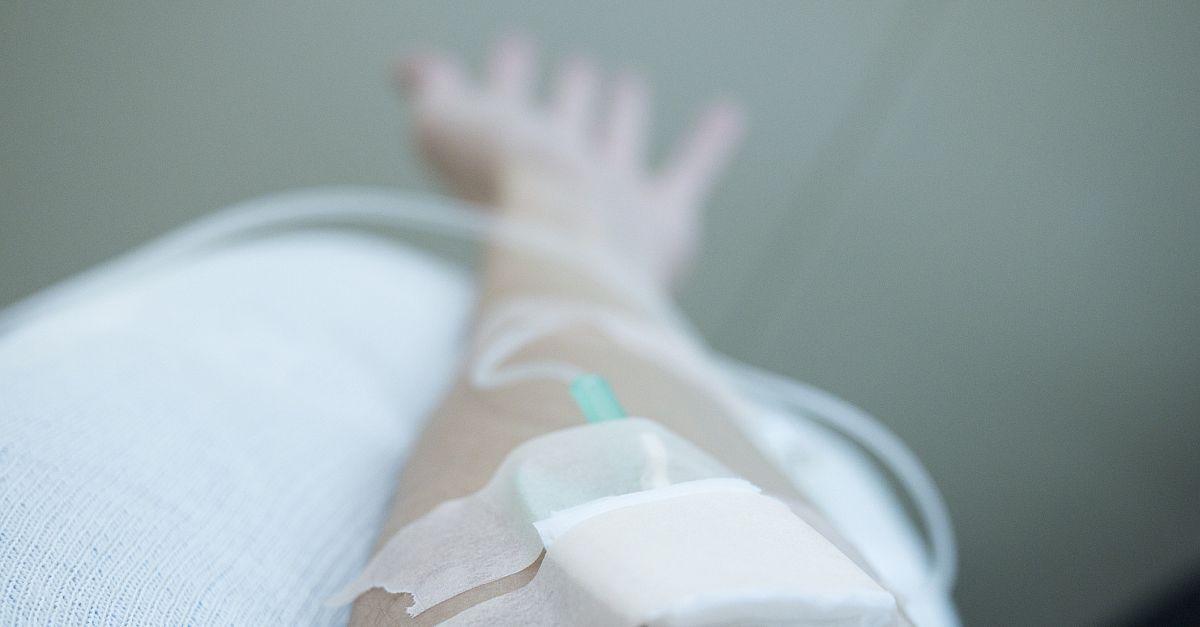For more than 30 years, generic drug competition in the United States has steadily driven down costs of physician-administered drugs. Brand name and generic drugs are paid under a single billing code, with reimbursement based on a weighted average sales price (ASP) of the brand and all approved generic products, which encourages clinicians to select the lowest-cost option. By contrast, Medicare reimbursement differs for biologics and biosimilars, each with its own code and paid on the basis of its own ASP, which encourages clinicians to select the highest-cost option for the greatest reimbursement. As of 2017, biologic therapies accounted for 80% of Medicare Part B prescription drug spending, which reached $24 billion in that year. In a recent JAMA article, Sean R. Dickson and Tyler Kent conducted an analysis to estimate the cost-savings of subjecting biologic and biosimilar therapies to policies and price competition similar to that of brand-name and generic drugs.
The model included biologics with competitive biosimilars: filgrastim, infliximab, pegfilgrastim, bevacizumab, trastuzumab, and epoetin alfa. Medicare spending on these agents totaled $6.5 billion between 2015 and 2019. The authors found that among brand-name and generic drugs, there was a price decrease after generic competitors were approved, reaching as much as 68.6% when more than 3 generics were available. They estimated that with a bundled biosimilar reimbursement model similar to that of generic products within Medicare Part B, spending on biologics with their approved biosimilars would have been substantially lower (by nearly 27%, or $1.6 billion) from 2015 to 2019. This would also potentially increase the number of biosimilars that are brought to market, creating greater competition and providing patients with more options.
Biologics with the most biosimilar competitors had the largest projected price declines. The estimates provided in this analysis may be conservative, as the authors suggest that there would be substantial additional price declines after the modeling period, as more biosimilars enter the market. The authors added that other countries who have adopted a similar reimbursement policy have seen more switching to biosimilars and lower overall prices for biologics and biosimilars.
High level
Biosimilars have potential to generate substantial savings for the US, but the achievement of these savings depends on adequate competition from new agents, which is hindered by current Medicare Part B billing rules. Current US policy must be reexamined to address the lack of incentives for biologic and biosimilar drug manufacturers to compete on price. Adoption of a bundled reimbursement model would create substantial cost-savings not only to the US government, but also to Medicare beneficiaries. In a commentary on the original article, Dr Benjamin N. Rome and Dr Ameet Sarpatwari agreed that revising Medicare reimbursement rules could promote further biosimilar development and subsequently greater price competition. Payments by Medigap would be reduced, with savings that could eventually mean lower premiums for members.
Ground level
Medicare beneficiaries are currently responsible for 20% of a drug or biologic’s cost. Adoption of a bundled reimbursement model could create substantial cost-savings, making these agents more accessible to patients with lower or fixed incomes. Of the $1.6 billion estimated savings with this model, $0.3 billion would offset beneficiary cost-sharing. Even for patients whose cost-sharing obligations are paid through Medigap insurance, reductions in payments made by those plans would eventually reach beneficiaries in the form of lower premiums and potentially also lower Medicare Part B premiums. Additionally, expanded biosimilar development would create more therapeutic options for patients, potentially improving overall patient care.

